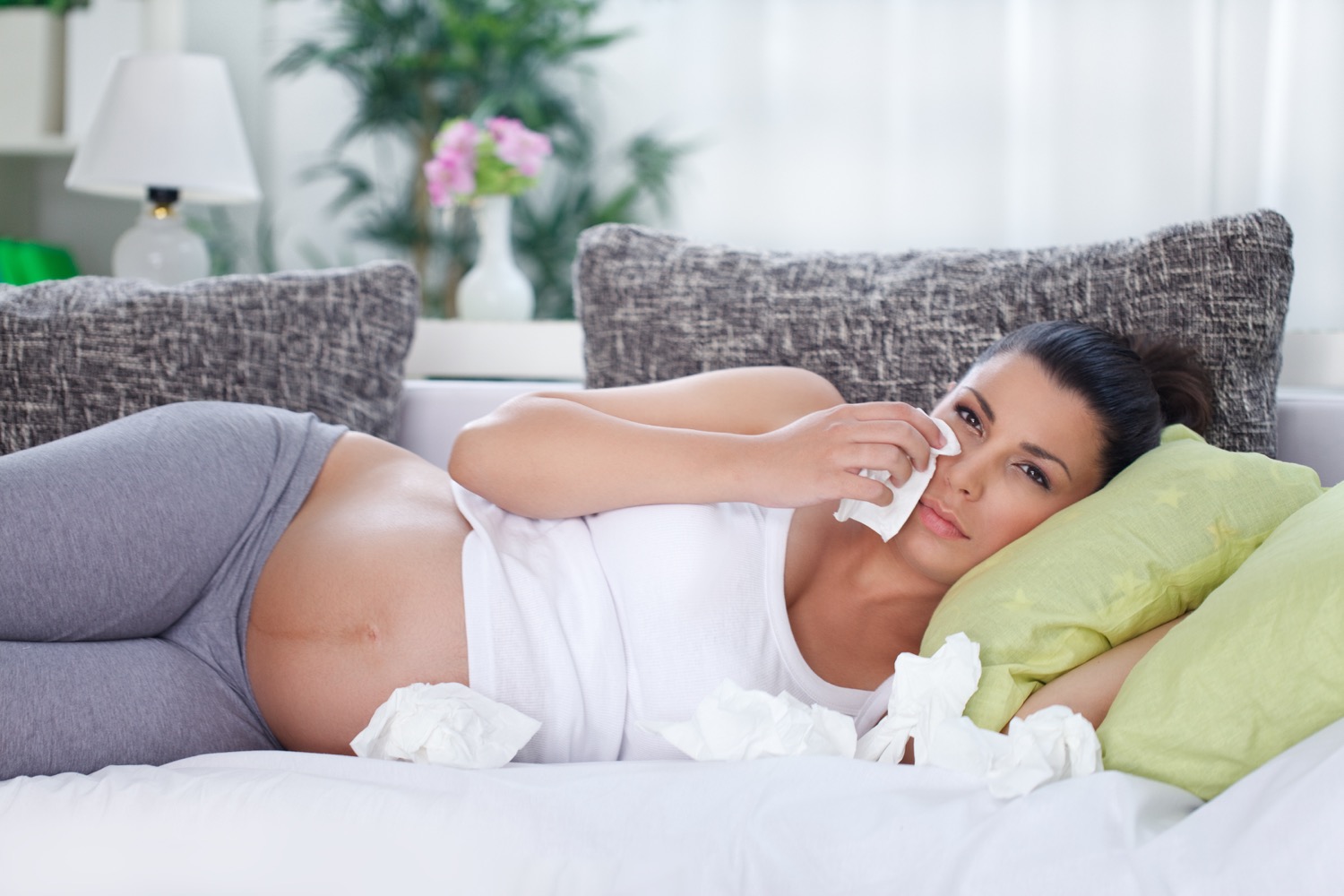Regular readers of this column know that for many months we have started with news pertaining to the Zika virus epidemic. This is of special interest to those in the field of Obstetrics and Gynecology, since it is both perinatally and sexually transmitted. This means that once a person acquires Zika virus from a mosquito, she may pass it to her unborn child, and anyone may pass it to a sexual partner. Zika has been widespread in South and Central America and has come as far north as the southern part of the United States. During the warm spring and summer months, officials were frantic to control it, employing measures of all kinds, but without anything truly effective. Many thousands were infected, and many of those were pregnant. This column has not only served to educate readers about Zika; it has also documented in realtime the painstaking progress of work that has been done, bit by bit, to understand and control the disease.
As a physician of 27 years, I have read about many disease processes. I have never, however, witnessed the observation, diagnosis and gradual clarification of a new disease quite like this. I was in college when HIV/AIDs came to the fore (1979-1983), but by the time my third year of medical school (1987) had come along, we had wards of patients with HIV/AIDS related complications like Kaposi’s sarcoma, pneumocystis pneumonia, and disseminated herpes. We understood only a bit at that point, and we felt rather helpless. I am by no means a caregiver on the front lines of the Zika Virus battle. However, I can imagine how they must feel, based on my limited experience with HIV.
Zika is different in that in can affect the next generation. HIV can also be passed perinatally and also by sex. However, when it affects a baby, it leaves that baby neurologically and developmentally alone. Not so with Zika. For some reason, Zika targets the baby’s brain and sets some process into motion which disturbs and potentially stops the brain's growth, while the rest of the baby continues to grow. As with other perinatal viral infections, contracting Zika early in pregnancy makes matters worse, and interferes with development at an earlier stage. This makes sense. However, the latest revelations about Zika are even more troubling. A new study by the CDC (Centers for Disease Control) indicates that a Zika affected mother may produce a term baby who appears entirely normal at birth. However, that baby may well go on to develop microcephaly, the hallmark of the Zika's affect on the central nervous system. This seems to indicate that we do not know how long the effects of Zika virus infection can last. It raises questions about newborns, toddlers, or growing children getting their own Zika infections. This has far reaching implications for how all families in Zika affected areas live their lives. It clearly has implications for the medical community and society at large.
Meanwhile, the WHO (World Health Organization) has declared that Zika is no longer a public health emergency. Well, of course it is. However this designation simply means that the crisis should no longer tap emergency funds, but rather should have it’s own proper ongoing budget. Nonetheless, some authorities feel this is premature, and have urged the WHO to reevaluate the decision come warmer weather. The CDC, by contrast, will retain Zika at the highest emergency level. Brazil, the epicenter of the outbreak, will continue to consider it an emergency. The hope is that these deliberations and administrative designations will not get in the way of efforts at infection control, basic research and of course, the much hoped for VACCINE.
In other news, a new study has emphasized the importance of thyroid function in pregnancy. The immune system changes in pregnancy and so does thyroid function. Not uncommonly pregnancy is the time when low thyroid is diagnosed. This new study has highlighted the very important fact that optimizing thyroid function in pregnancy improves birth outcomes in measurable ways. We know that seriously low thyroid functioning pregnancy is associated with mental deficits in children, a condition called Cretinism. However, optimizing thyroid replacement also prevents still birth, and low birth weight infants.
A majority of the news otherwise on this short week had to do with the new administration’s plans to dismantle or alter the ACA (affordable Care Act). As time goes by, we hear different things about this. I get the feeling that reality will set in and that pragmatism will have it’s way with lawmakers and their promises. Perhaps the new administration will be satisfied if they can shuffle and rename a few things, then take credit for the good ideas.






























